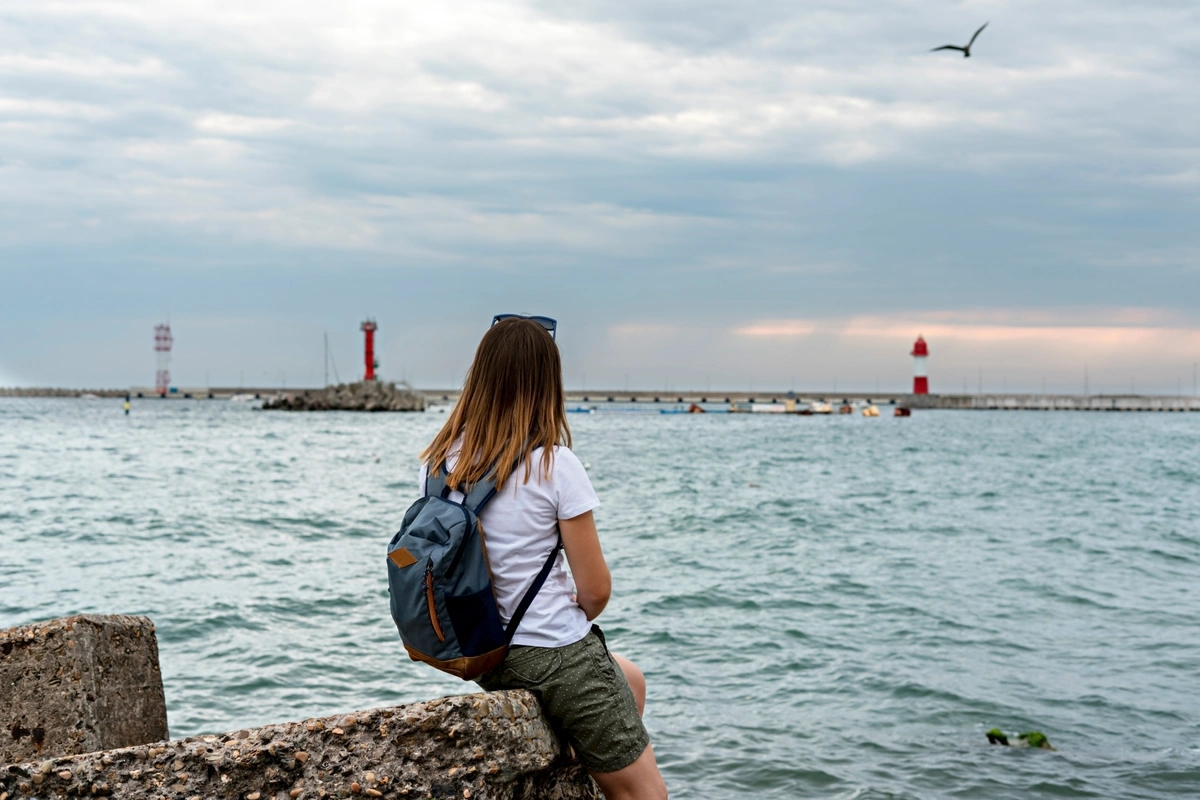
MyRadar
News
—
A Traveler's Guide to the Weather — The Midwest
by Will Cano | News Contributor
9/18/2024
A weatherman’s guide to dealing with the conditions you’ll run across when traveling to the Midwest and Ohio Valley.
Included in this section:
- Ohio River Valley – Ohio, Indiana, Kentucky
- Midwest – Illinois, Iowa, Wisconsin, Michigan, Minnesota
- For info on the Great Plains – Please see Part 4: Rockies and Great Plains
Fast Facts:
- The Midwest (when including much of the Great Plains) is known as ‘America’s Heartland’, and first began with the expansion of the United States westward in the late 1700s. (https://easyscienceforkids.com/all-about-the-midwest/).
- Chicago is the third largest city in the United States, home to 2.7 million people. (https://www.choosechicago.com/press-media/toolkit/chicago-facts/).
- The Ohio River serves as the border for 5 states: Ohio, West Virginia, Indiana, Kentucky, and Illinois. (https://ohioriverfdn.org/ohio-river/quick-facts/).
- The Willis (Sears) Tower in Chicago is the 2nd tallest in the western hemisphere and has fast elevators that travel over 18 miles per hour! (https://www.choosechicago.com/press-media/toolkit/chicago-facts/).
The Midwest marks an integral piece of American culture. It also finds itself in the crosshairs of many different weather phenomena. From hurricane remnants to blockbuster snowstorms, and from -30°F wind chills to derecho thunderstorms, the Midwest has it all. Traveling there this summer? You won’t be seeing any blizzards, but there’s still plenty of ways to stay weather aware.
Rainfall/Flooding
The Midwest is no stranger to rainfall. Summer is the rainy season here, with low pressure systems parading through the region all summer long. However, the region gets plenty of sunshine as well, with over half of the days being in August and September. This is great for the many crops farmers produce in the area – Wisconsin’s cranberries, Iowa’s Corn, and Illinois’ Soybeans.
It can also be great for tourism and makes cities like Chicago or the Great Lakes a popular weekend getaway.
For the rest of this summer, a steady pattern is set to take hold, where near average rainfall can be expected. The main way that this would change is from hurricane remnants. Allow me to explain.
When a hurricane makes landfall along the Gulf Coast, it quickly loses its strength and strong windspeed. However, all its energy continues to travel northward, transversing the eastern United States and, frequently, the Ohio River valley.
Ike, Katrina, and Sandy all crossed Ohio near the end of their lives, causing flash flooding, wind damage, and 10+ ft. surf across Lake Eerie.
Excessive rainfall can also be bad news for the Ohio River. Currently, the River is one and a half feet above its normal pool in Cincinnati and has been slightly above average height all summer. This is not a problem, but if multiple large rain systems added more water, some localized flooding could result.
Heat
This has been a hot summer across much of the lower 48 this summer, and we haven’t even reached ‘The Dog Days’ yet.
The heat is due to a persistent heat dome that has set up over the southern United States and has drifted northward in oscillating waves over the past few weeks.
This pattern is set to continue, and above average temperatures are likely to rise over the next several months.
La Niña is also set to form by late summer, which would continue the warmer (and wetter) trend into the winter months. La Niña is the cooling of equatorial ocean waters in the Pacific Ocean, and this has downstream effects on the United States by fusing the Polar and Subtropical jet streams.
Lake Temperatures
Anyone who frequently visits the Great Lakes knows that they can be just as volatile as the ocean at times.
Currently, coastal lake temperatures on Michigan, Superior, and Huron are in the mid to upper 60s. This is a good range for swimming, but it can become too cold if air temperatures are cool and there are cloudy skies.
Also remember that top layer of the water will always cool by a couple of degrees after a thunderstorm or day of rain.
Rip currents are also a concern in the Great Lakes. Anytime a rain or wind event moves through, the water is likely to get churned up and cause rough waves. These waves can form rip currents even when the sun is shining hours after the storm.
When dealing with a rip current, remember to let the current take you out, then swim parallel to shore once you stop being pulled. Fighting the rip current will always result in fatigue and exhaustion, no matter the strength of the swimmer.

